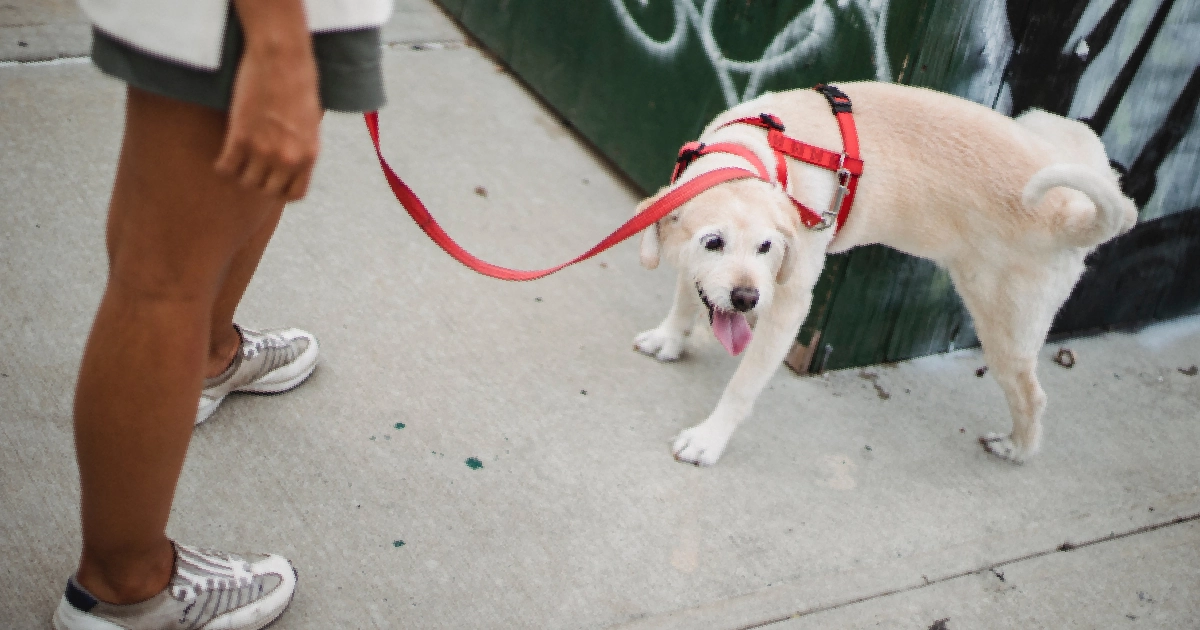Are you looking for a no pull harness for your dog? If so, you’re in luck! In this blog post, we will discuss the different types of no pull harnesses available and how to choose the perfect one for your dog. We’ll also provide some tips on how to use the no pull harness for dogs effectively to stop them from pulling on the leash. So, whether your dog is a big strong Labrador or a small Yorkie, we have the perfect harness for them!
The Different Types Of No Pull Harness Available
There are a few different types of no pull harnesses available on the market, and each type has its own benefits and drawbacks. The most common types of no pull harnesses are as follows:
· The Front-Clip Harness: This type of harness clips around your dog’s chest, and the leash is attached to a ring on the front of the harness. This type of harness is good for dogs that tend to pull because it redirects their attention and pulls them towards you.
· The Back-Clip Harness: This type of harness clips around your dog’s back, and the leash is attached to a ring on the back of the harness. This type of harness is good for dogs that tend to lag behind or pull backward, as it discourages them from doing so.
· The Halti Harness: The Halti Harness is a head halter that fits over your dog’s nose and mouth. The leash is attached to a ring on the front of the harness. This type of harness is good for dogs that are strong pullers, as it gives you more control over their movements.
How To Choose The Perfect No Pull Harness For Your Dog
When choosing a no pull harness for your dog, there are a few things you need to take into consideration.
· First and foremost, you need to make sure that the harness is comfortable for your dog to wear. It should fit snugly but not too tight, and it shouldn’t rub or chafe their skin.
· Secondly, you need to make sure that the harness is durable and well-made. It should be made from high-quality materials that won’t break or tear easily.
· Finally, you need to make sure that the harness is adjustable so that you can find the perfect fit for your dog.
Using The Harness Effectively
· Make sure that the harness fits snugly and is adjusted properly before each walk.
· Start each walk by letting your dog lead the way for a few minutes. This will help them get used to the harness and let them know that they are in charge.
· If your dog starts to pull, stop walking and stand still until they calm down. Once they have calmed down, you can start walking again.
· Reward your dog with treats and praise when they walk calmly on a leash. This will reinforce good behavior and help them associate pulling with negative consequences.
Bottom Line:
We hope you found this blog post helpful! If you have any questions about choosing or using a no pull harness for your dog, feel free to contact us or leave a comment below. Happy walking!

